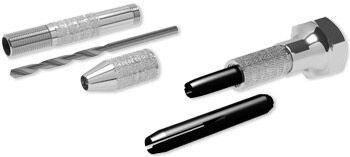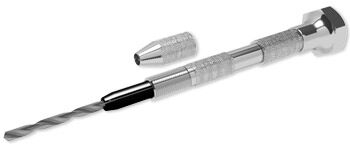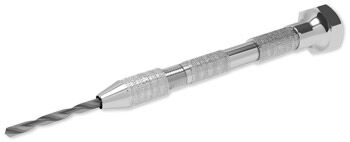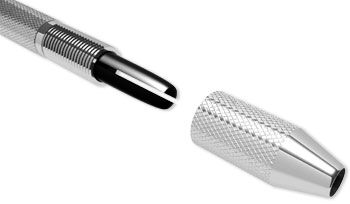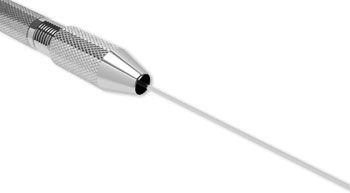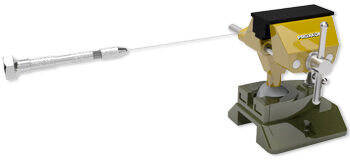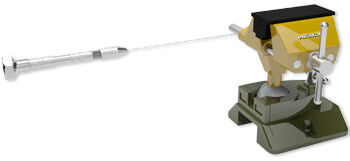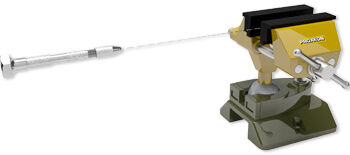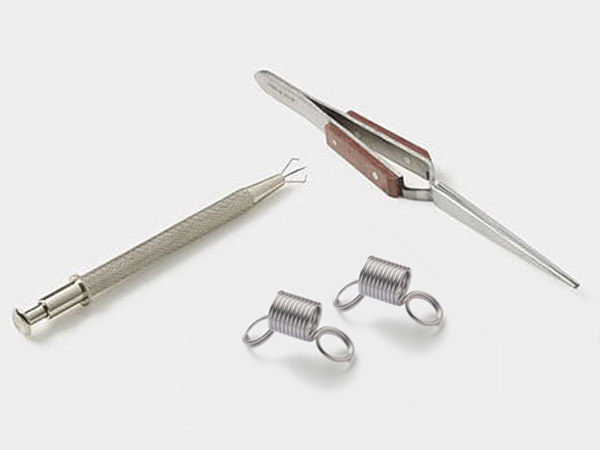Pin Vise FAQ
Q: Can I use a pin vise to twist different gauges of wire?
A: You can twist different gauges and shapes of wire together. In fact, that is one of the primary reason jewelry designers opt to create their own twisted wire.
Q: Can I use a pin vise for other jewelry projects besides twisting wire?
A: A pin vise can have many useful applications. Use it to grip any wire you need to manipulate or use it as a drill to create holes in jewelry-making components.
Q: Is a pin vise the same as a hand drill?
A: A pin vise is designed for smaller, more delicate work than a hand drill. When you need to prioritize accuracy over speed, use a pin vise.
Q: What is the difference between a single-ended and double-ended pin vise?
A: A single-ended pin vise has a chuck at one end. A double-ended pin vise has chucks of different sizes at either end. While a double-ended pin vise may offer more versatility, it will also be bulkier.
Q: How is a pin vise different from using pliers to twist wire?
A: A pin vise will give you accuracy and control—much more so than using pliers for the same task.


